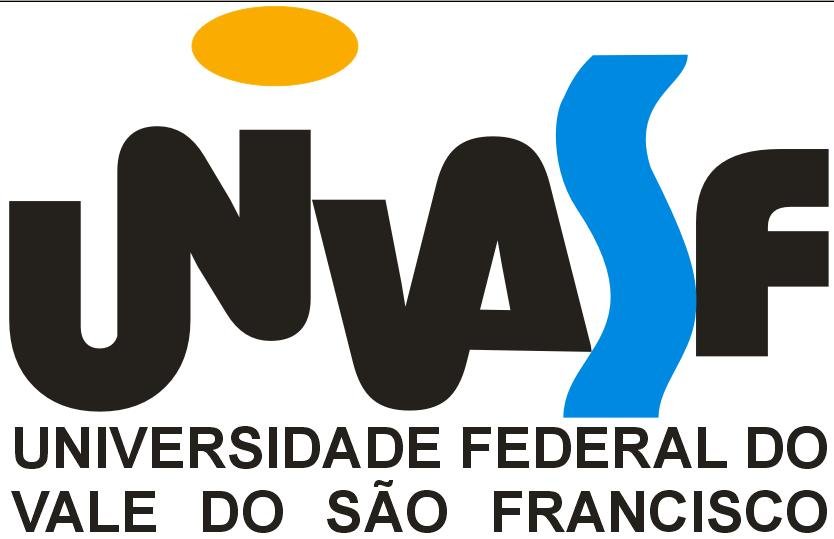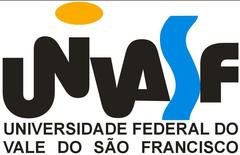
Universidade Federal do Vale do São Francisco (UNIVASF) Visiting Hours, Tickets, and Guide for Juazeiro, Brazil
Date: 14/06/2025
Introduction
Nestled in the heart of the São Francisco Valley, the Universidade Federal do Vale do São Francisco (UNIVASF) is a beacon of higher education, research, and regional development in Brazil’s semi-arid Northeast. Established in 2002 to address educational and socioeconomic disparities, UNIVASF’s Juazeiro campus stands out for its commitment to academic excellence, social inclusion, and transformative community engagement. This comprehensive guide covers UNIVASF’s history, academic offerings, infrastructure, partnerships, and essential visitor information to help you make the most of your experience in Juazeiro, Bahia (universidadesecarreiras.com, portais.univasf.edu.br, agenciasertao.com).
Historical Overview and Regional Significance
Foundation and Development
UNIVASF was founded on June 27, 2002, as part of Brazil’s broader efforts to expand federal higher education and stimulate development in the Northeast (universidadesecarreiras.com). Created under the Programa Especial de Desenvolvimento do Polo Petrolina-PE/Juazeiro-BA, the university’s mission was to democratize educational access and foster socioeconomic progress in a region historically marked by limited opportunities (vestibular.mundoeducacao.uol.com.br).
With its administrative center in Petrolina (Pernambuco), UNIVASF operates multiple campuses, including Juazeiro (Bahia), São Raimundo Nonato (Piauí), Senhor do Bonfim (Bahia), Salgueiro (Pernambuco), and Paulo Afonso (Bahia). The Juazeiro campus, in particular, has become a dynamic center for education, research, and cultural activity in northern Bahia.
Academic Programs and Admissions
UNIVASF offers 33 undergraduate programs, with the Juazeiro campus hosting degrees in civil, electrical, mechanical, production, agricultural and environmental, and computer engineering, as well as social sciences and visual arts (agenciasertao.com). The recent introduction of a Bachelor’s in Visual Arts reflects the university’s responsiveness to regional cultural and professional needs.
Admissions are managed through the national Exame Nacional do Ensino Médio (ENEM) and the Sistema de Seleção Unificada (SiSU), making the process more inclusive and eliminating the traditional vestibular exam (vestibular.mundoeducacao.uol.com.br). Notably, UNIVASF pioneered a quota system, reserving 50% of admissions for public school students prior to national mandates, enhancing educational equity.
Regional Impact
Access and Social Mobility
UNIVASF has transformed access to higher education in the São Francisco Valley. Where local options were once scarce and relocation was often necessary, today more than 4,000 undergraduates are enrolled, with a significant concentration at the Juazeiro campus (vestibular.mundoeducacao.uol.com.br). The robust quota policy supports underrepresented communities and advances social mobility.
Research and Innovation
The university is recognized for research focused on regional challenges such as sustainable agriculture, water management, and renewable energy. Collaborations with institutions like Université Paris Cité have enhanced research in pharmacy, health sciences, and environmental management (nature.com, u-paris.fr).
Economic and Cultural Development
UNIVASF is a major employer and economic driver in Juazeiro, aligning its academic offerings with the region’s labor market in agriculture, industry, and the creative arts (agenciasertao.com). Public lectures, exhibitions, and community extension projects foster cultural enrichment and address local social needs.
Infrastructure and Campus Facilities
Located at Avenida Antônio Carlos Magalhães, nº 510, in the Santo Antônio neighborhood, the Juazeiro campus features modern, climate-controlled classrooms, specialized laboratories, and multimedia resources (vestibular.mundoeducacao.uol.com.br). Key highlights include:
- Academic Blocks: 29 classrooms equipped with state-of-the-art teaching technology.
- Laboratories: 35 specialized labs for engineering, biological sciences, and technology (CECOMP UNIVASF).
- Library: Extensive collections, digital databases, and comfortable study areas (UNIVASF Facilities).
- Complexo Multieventos: A climate-controlled venue for up to 1,200 guests, hosting conferences and cultural events.
- Recreation: Multi-sport court, swimming pool, and art pavilion.
- Dining: Restaurante Universitário offers affordable meals (UNIVASF Campus Juazeiro).
Accessibility features and on-campus parking make the campus visitor-friendly.
Visiting the UNIVASF Juazeiro Campus
Visiting Hours:
Monday to Friday, 8:00 AM to 6:00 PM. Access outside these hours may be restricted.
Tours:
Guided tours are available by appointment and typically include the Complexo Multieventos, laboratories, and art pavilion. Book in advance through the university’s administrative office (portais.univasf.edu.br).
Tickets and Entry:
General access and tours are free. Some special events may require tickets.
Accessibility:
Ramps and adapted facilities are available for visitors with disabilities.
Parking:
On-campus parking is provided for visitors, students, and staff.
Student Life and Campus Community
With a diverse student body, UNIVASF fosters a vibrant campus culture. Student organizations, academic support groups, and annual events—such as the International Symposium on Youth and Education—enrich academic and social life (Wikipedia: UNIVASF, UNIVASF News). Support services include academic counseling, career guidance, and community outreach.
Exploring Juazeiro and Nearby Attractions
The Juazeiro campus is near the São Francisco River, offering scenic boat tours and access to the twin city of Petrolina. Other attractions include local vineyards, cultural centers like Centro de Cultura João Gilberto, Museu do Sertão, and the Caatinga biome for eco-tours (UNIVASF Campus Juazeiro).
Travel Tips:
- Juazeiro is accessible by road and via Petrolina’s regional airport.
- Use taxis, buses, or ride-sharing services for local transport.
- The semi-arid climate calls for sun protection and hydration.
Academic Calendar and Admissions
The academic year is divided into semesters starting in March and August. Admissions are conducted via SiSU, based on ENEM scores, with engineering and health sciences programs being especially competitive (Vestibulares Estratégia).
Frequently Asked Questions (FAQ)
Q: How do I apply to UNIVASF?
A: Apply through ENEM and SiSU. Check deadlines and requirements on the official portal.
Q: Are campus tours available and do they require tickets?
A: Yes, tours are free but should be scheduled in advance.
Q: Is the campus accessible for people with disabilities?
A: Yes, the facilities are adapted for accessibility.
Q: Can international visitors arrange English-language tours?
A: Yes, with prior request and subject to availability.
Q: How do I reach the Juazeiro campus from Petrolina?
A: Cross the São Francisco River by bridge and use a taxi or bus.
Conclusion
UNIVASF’s Juazeiro campus exemplifies the role of public universities in fostering educational opportunity, research, and cultural vitality in Brazil’s Northeast. Whether you are a prospective student, academic, or visitor, the campus offers a welcoming environment, modern infrastructure, and access to the rich heritage of the São Francisco Valley. Plan your visit via the official site, and make the most of your time in Juazeiro.
Call to Action
Stay informed about admissions, events, and campus news via the UNIVASF portal. Download the Audiala app for real-time updates and virtual tours. Share your experience with #VisitUNIVASF!
Sources
- universidadesecarreiras.com
- portais.univasf.edu.br
- agenciasertao.com
- nature.com
- u-paris.fr
- 4icu.org
- CECOMP UNIVASF
- vestibular.mundoeducacao.uol.com.br
- UNIVASF News
- Times Higher Education
- Vestibulares Estratégia
- Wikipedia: UNIVASF

